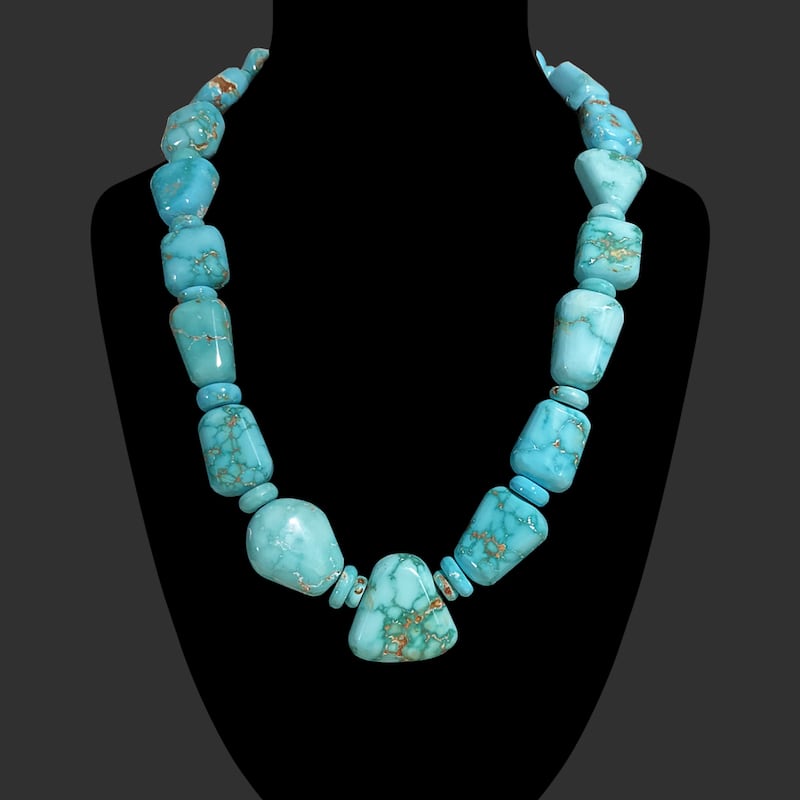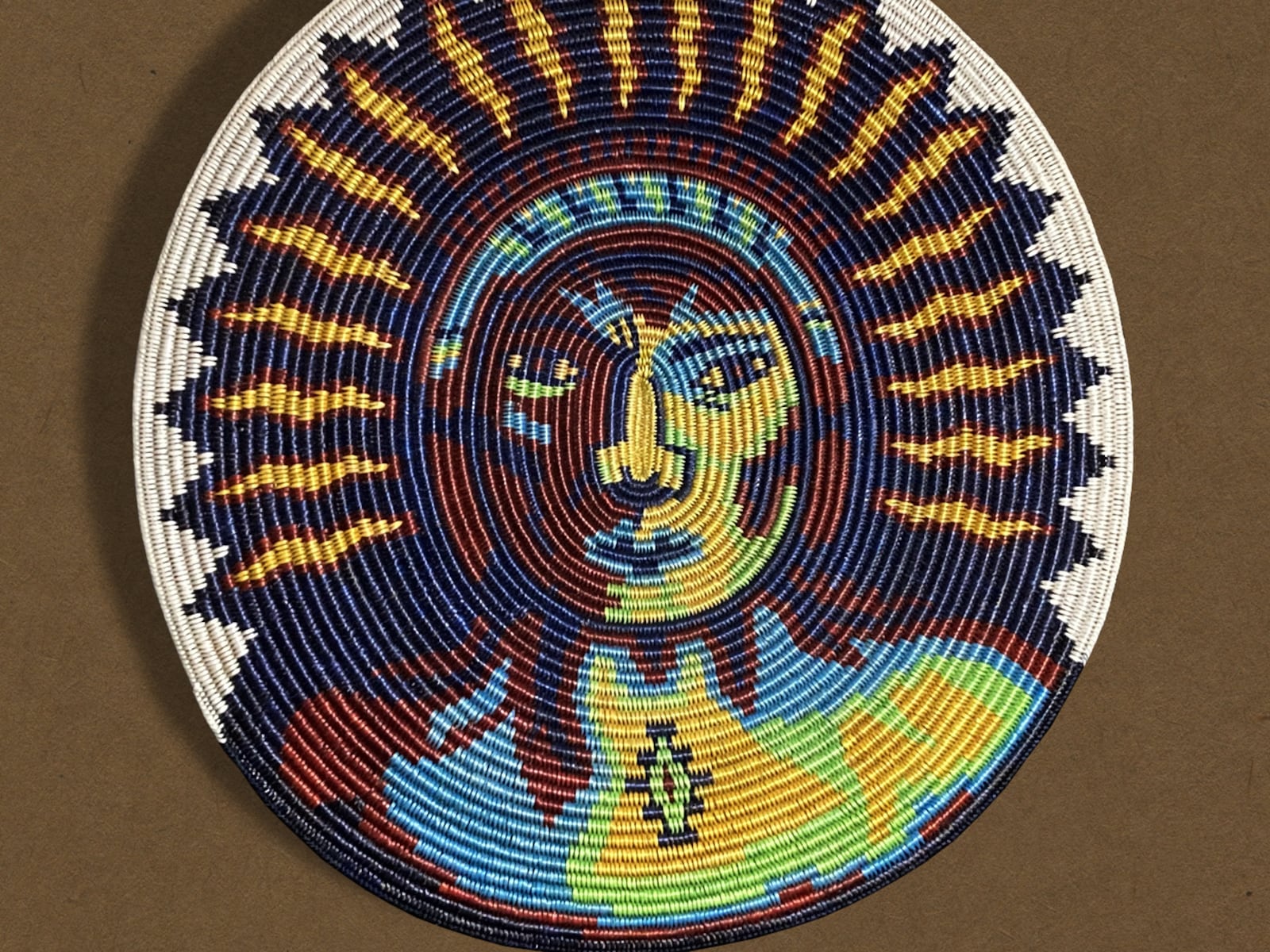This story appears in the November issue of Utah Business. Subscribe.
Utah’s 29 counties each offer businesses and employees something different. Named the best state in the nation two years in a row, it’s Utah’s varied counties that provide opportunities for all. In this series, I’ll be laying out the business case for each of them. Let’s visit San Juan.
San Juan comprises 7,820 square miles of land, making it the largest county in the state. It is also one of the poorest.
“Every county in the state is going gangbusters — except for us,” says Elaine Gizler, the San Juan County director of economic development and tourism services.
According to Gizler and San Juan County Commissioner Silvia Stubbs, this is a tax problem. With only a few main community hubs spaced along their worn-down section of US-191 and private land encompassing just 8 percent of the county, there aren’t many opportunities for tourists — or even residents — to spend money locally.
“Money goes out of our county to other counties because there’s no place to even buy a car. We are limited,” Stubbs explains. Gizler, who lives in Monticello, says they only have one local grocer, and it’s closed on Sundays. She often drives an hour to the nearest store in Colorado.
What the area lacks in commerce, it makes up with natural beauty and art. According to the U.S. Census Bureau, the arts, entertainment, recreation, accommodation and food service industry is the second largest of the area, employing 11.2 percent of the population.
Gizler says San Juan is large, remote and poor but bursting with life, art and culture if you are willing to crack into it.
Steve Simpson, owner of Twin Rocks Trading Post, agrees. Born in Bluff, Simpson has spent the last 35 years of his life in San Juan County, working with local Native artists and promoting the beauty of their art and culture. He firmly believes that investment in their works and stories will ignite the local tourism industry and further improve the local economy.
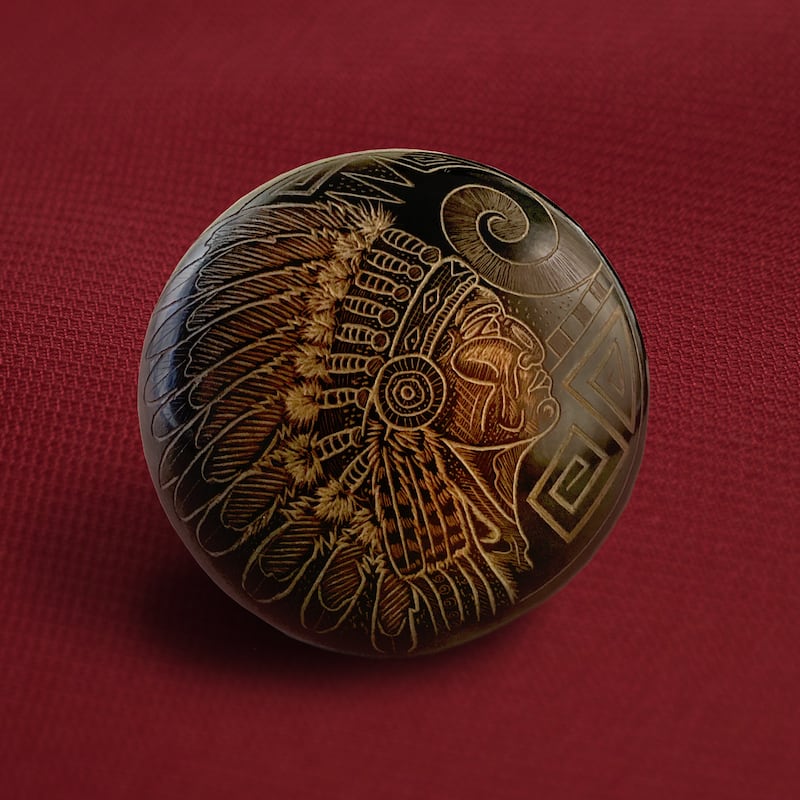
—
A Q&A with Steve Simpson, owner of Twin Rocks Trading Post.
SBWT: Do you see Native American art and culture as the backbone of San Juan County’s future economy?
SS: The impact that Native American arts and culture have on San Juan County would be massive. … In my opinion, the extractive industry is basically dead. We need to be focused more on tourism and developing the tourism trade. … We have the Goosenecks of the San Juan River and a number of slot canyons that are undeveloped. We have Bears Ears National Monument, which is probably as beautiful as Zion National Park. A lot of that revolves around native culture, and there is a lot of art associated with that.
In my trading post, what sells the art is that we’re pretty knowledgeable about the culture. We can talk intelligently about who Changing Woman is and why she’s important, who the Hero Twins are and why they are important, and who the father of the Hero Twins is and how they were conceived. … It not only gives credibility to who we are, but it also builds interest in the art we sell.
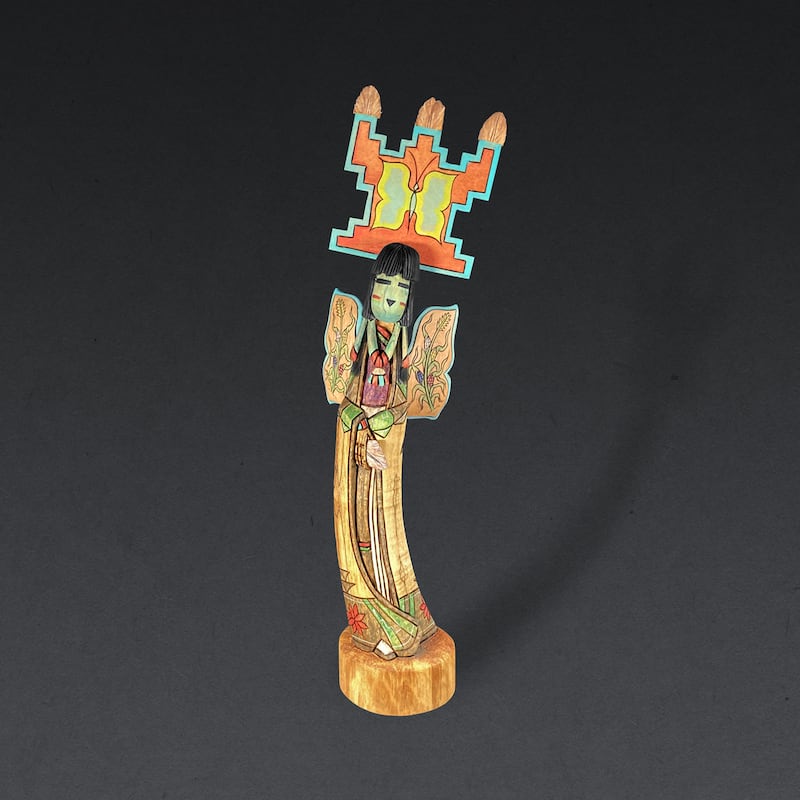
SBWT: How do you collaborate and partner with Native American artists to create art?
SS: We work very closely with the artists. We look through a lot of information and see if that stimulates anything. For example, if we’re talking about oriental optical art, we collect books and talk to the weavers. Then, they become inspired to develop their own designs based on oriental optical art or any number of things. When that happens, you move the art into a different realm. Collectors are more willing to pay a higher price because it’s something they’ve never seen before. If the collectors are willing to pay more, we can pay more to the artists. When the artists get paid more, then they’re willing to innovate.
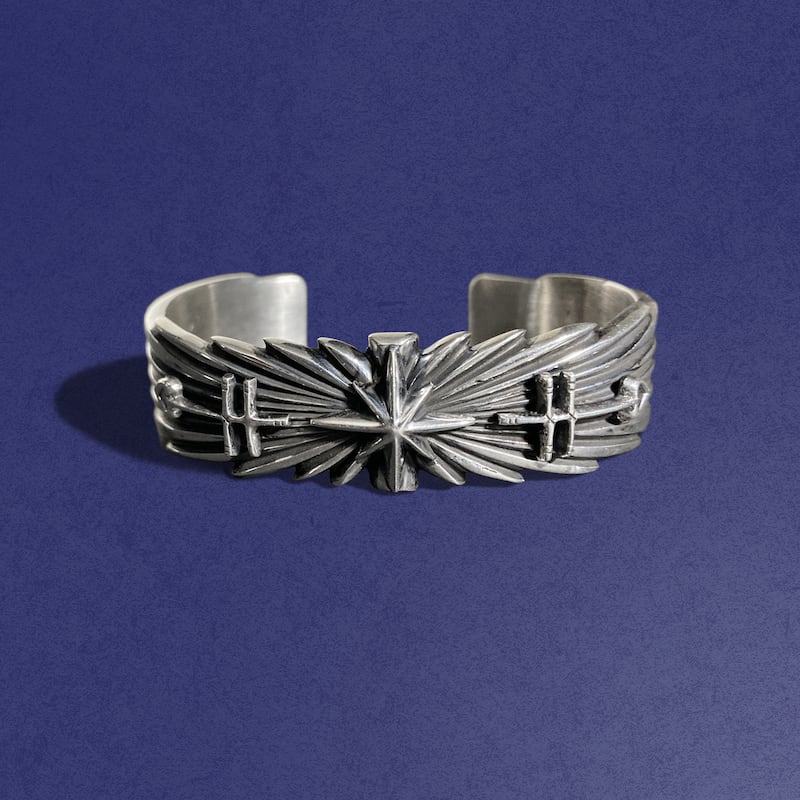
We rarely do consignment with Native American artists — we buy everything. We work very closely with artists to show them different influences. Then, when the piece comes in, we buy it. … When I buy things, it makes me more focused on spending my money on really high-quality items. I can be much more selective, and I don’t have to take things in the shop that I don’t want.
Most of the weavers, the rug weavers and basket weavers, are just working in their homes. … Over the years, I have hired graphic artists to help artists design different things. … That kind of gives you a sense of the collaboration we like to involve ourselves with. We feel very strongly that that helps the artist do better and pushes the art forward as well.
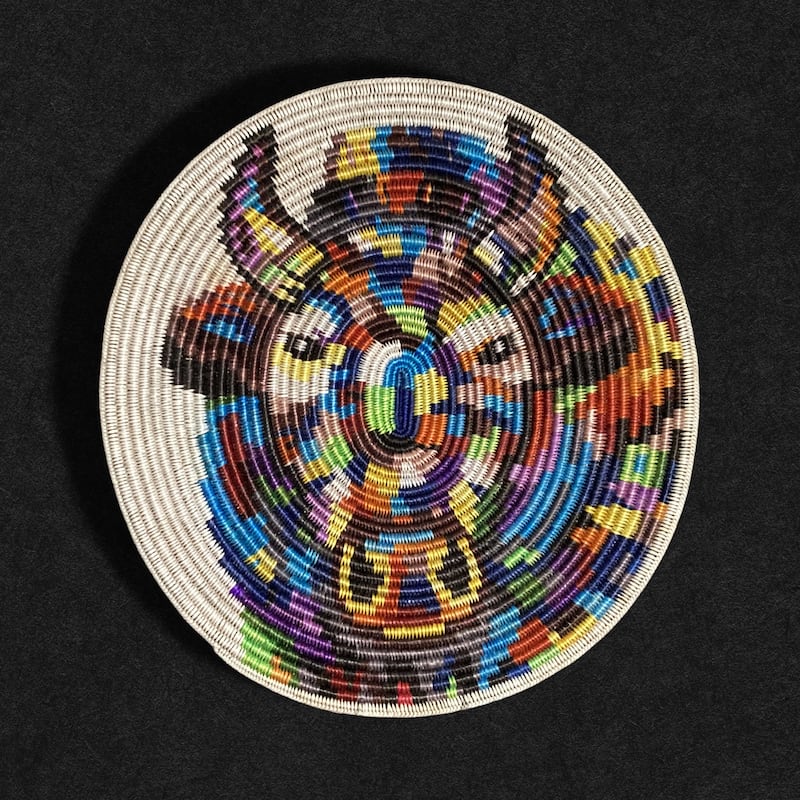
SBWT: What is one of the biggest challenges you face running a Native American arts and goods store in San Juan County?
SS: Geography. We are very isolated. That’s been somewhat mitigated by the internet and e-commerce, but while we’re really close to the artists who are doing all this really interesting work, we are very far from many populations.
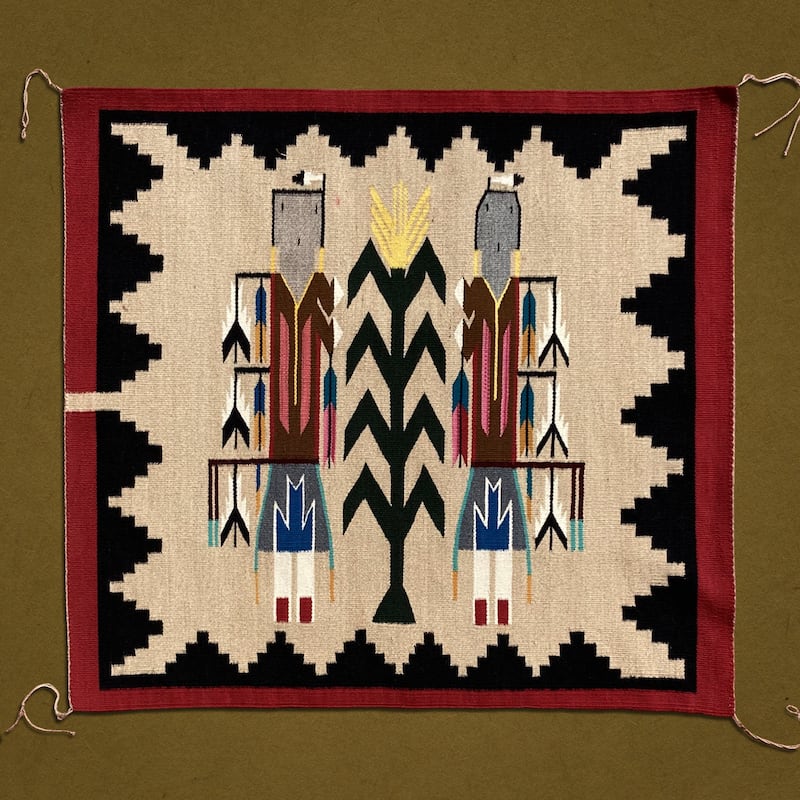
SBWT: If you had one wish for the county, what would it be?
SS: What we need more than anything is people with vision. I was raised in Bluff, and when I came back here in 1989, I remember thinking, “This place is so beautiful! It will have to grow.” But over the years, it really has not. … Utah has five national parks, and if you go to Bryce [Canyon], it’s beautiful. If you go to Zion, it’s beautiful. If you go to Capitol Reef, it’s stunning. If you go to Canyonlands, it’s great. Arches is amazing. But as you travel around Southeastern Utah, you realize that that kind of beauty is everywhere down here.
